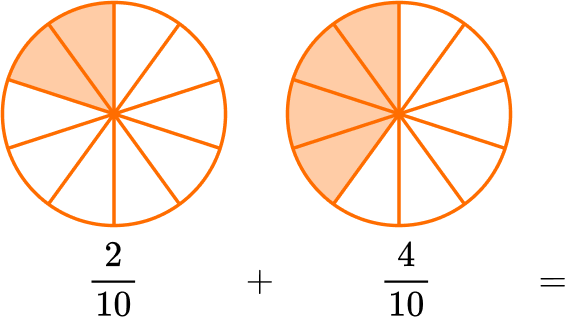Hartington Class
Year 3 & Year 4
Miss Flynn
Spring term 2024
This term our topic is Invasion. We will be exploring life after the Romans left Britain and how this affected people. Hartington class will learn about the main groups of invaders such as the Picts, Scots, Angles, Jutes and Saxons. They will then explore the Viking and Norman invaders. Pupils will learn how these invaders changed Britain, how the kingdoms were named, what everyday life was like, what their beliefs were and if anything still exists from these invaders today.

In literacy, children will be reading Arthur and the Golden Rope. They will be completing tasks such as writing a short story, a diary entry and a persuasive letter. After half-term, children will be exploring non-fiction texts and writing a report.

For science, pupils will be covering States of Matter by examining how solids, liquids and gases are different in terms of particles. They will classify these states and observe how materials are altered if they are heated or cooled. Pupils will learn about how evaporation and condensation are caused. They will also be setting up experiments and interpreting their data by showing it on graphs. After half-term, pupils will be learning about grouping and classifying. They will be sorting animals in terms of vertebrates and invertebrates, as well as observing plants.

In maths this term, children will be learning about multiplication and division of 2-digit and 1-digit numbers. Next, they will be practising length and perimeter, by using a range of measures, such as millimetres, centimetres and metres. Children will find the perimeter of rectilinear shapes and polygons. After this, pupils will learn how to order and compare fractions. They will learn about the difference between unit fractions, improper fractions and mixed numbers. Finally, Year 3 will be focusing on mass and capacity, whilst Year 4 will be converting fractions to decimals.

